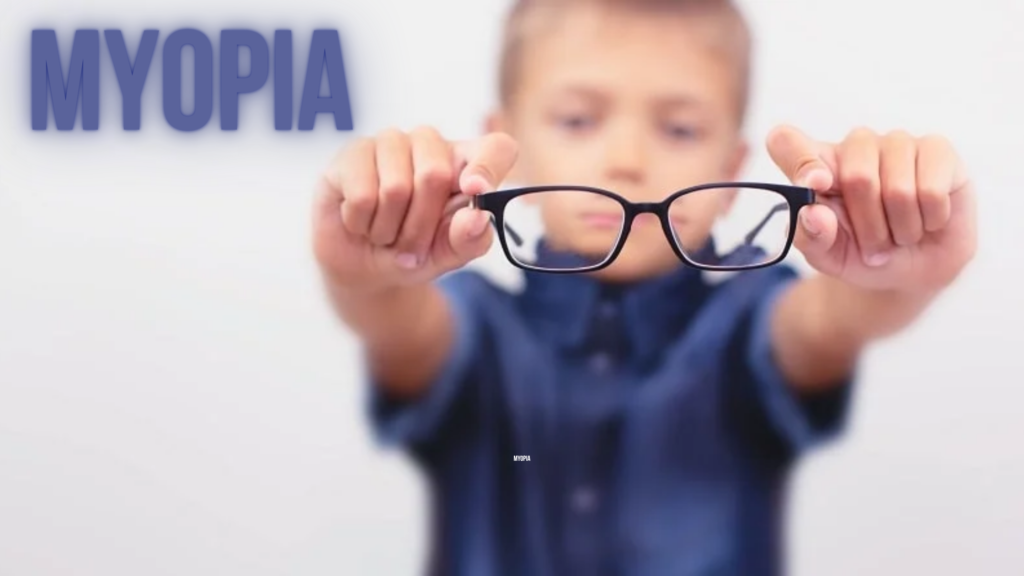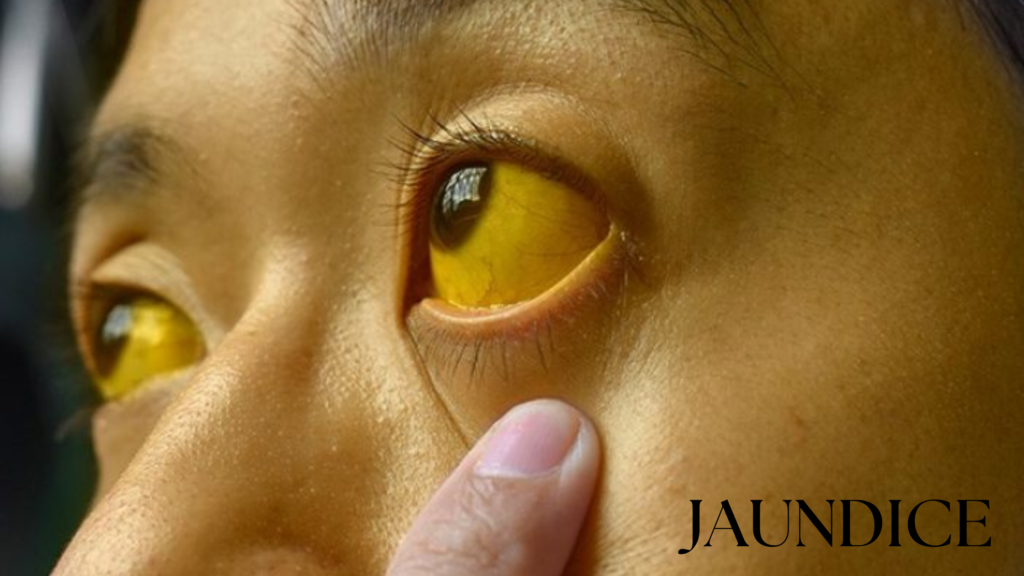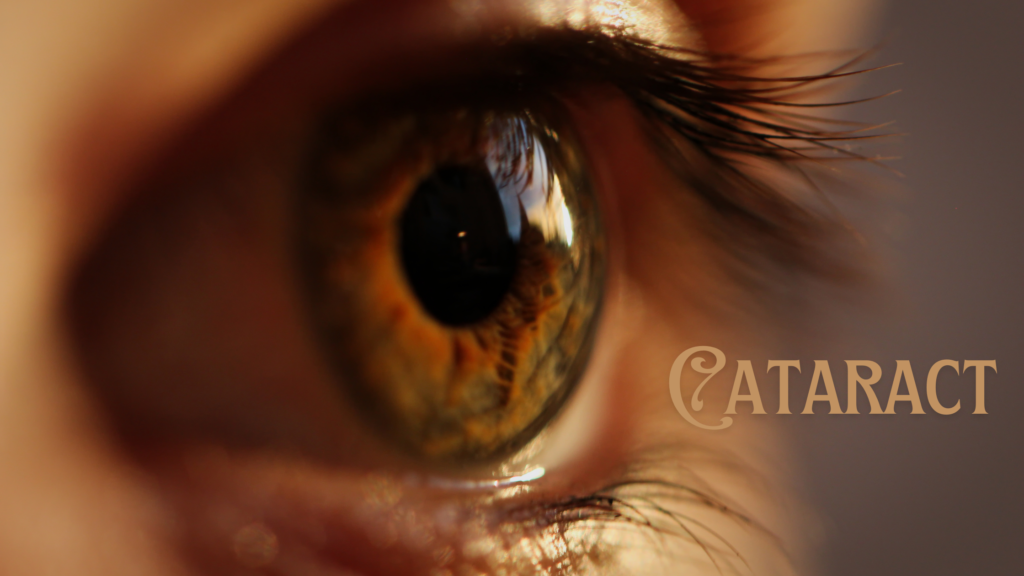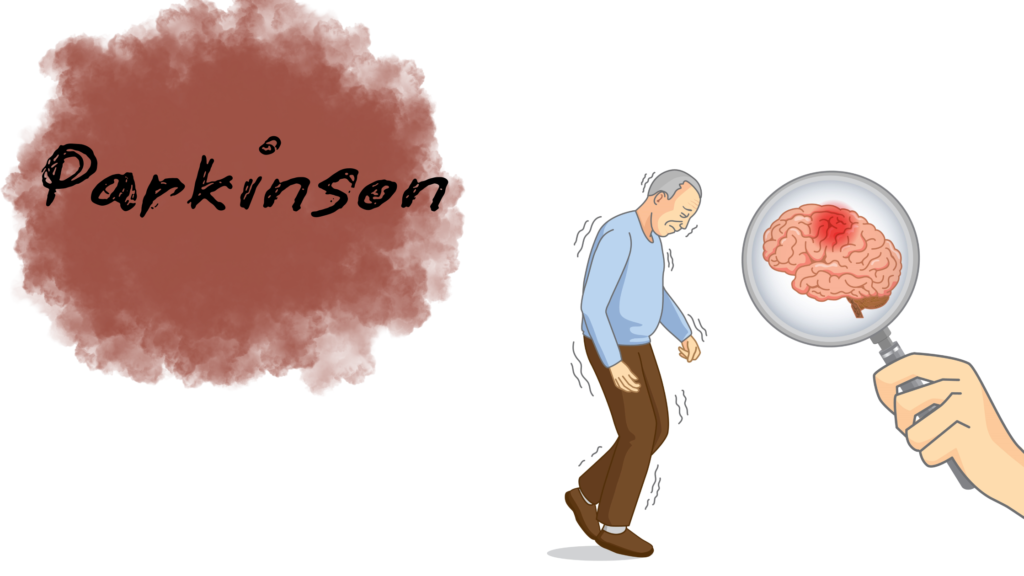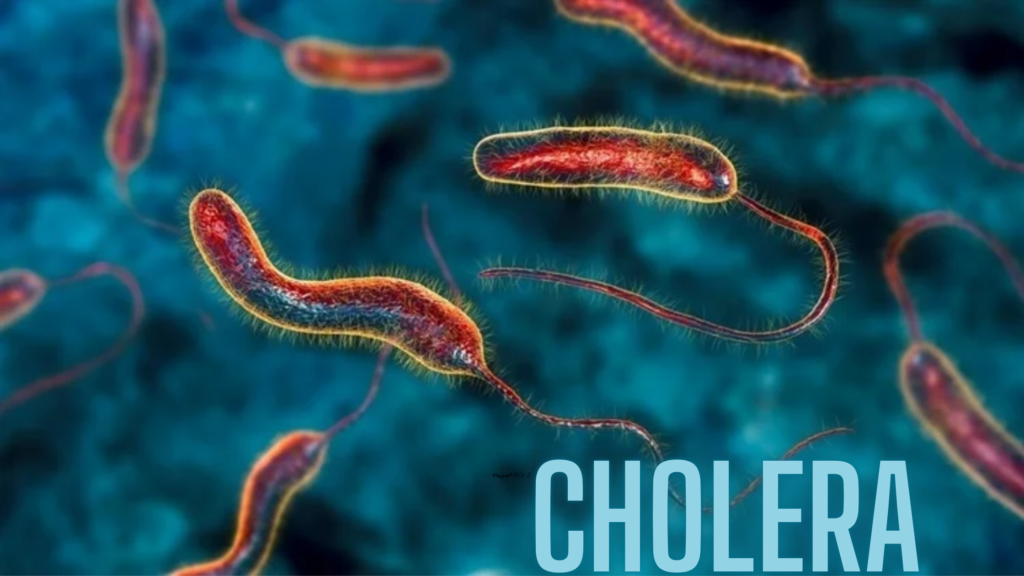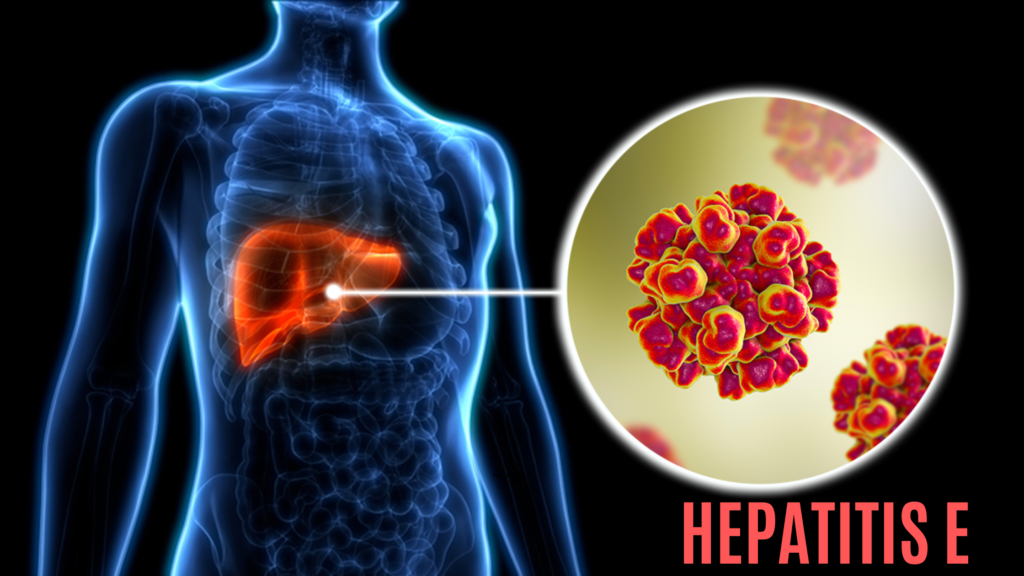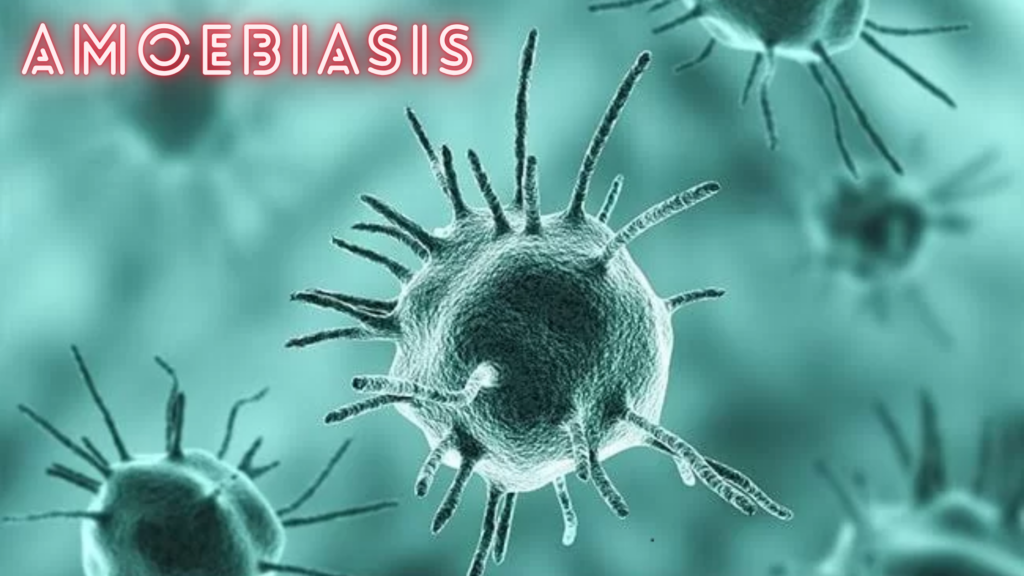Myopia
👁️ Myopia (Nearsightedness) Myopia, also known as nearsightedness, is a common vision condition where distant objects appear blurry, but close objects are seen clearly. It is caused by the eye being too long or the cornea being too curved, so light focuses in front of the retina instead of directly on it. 🔍 Causes 📊 […]
